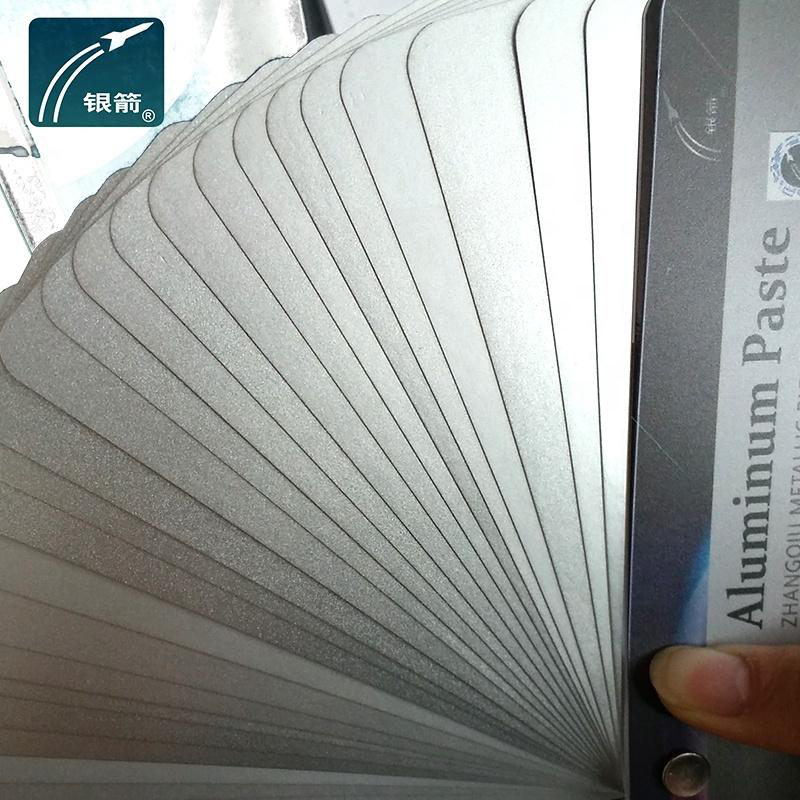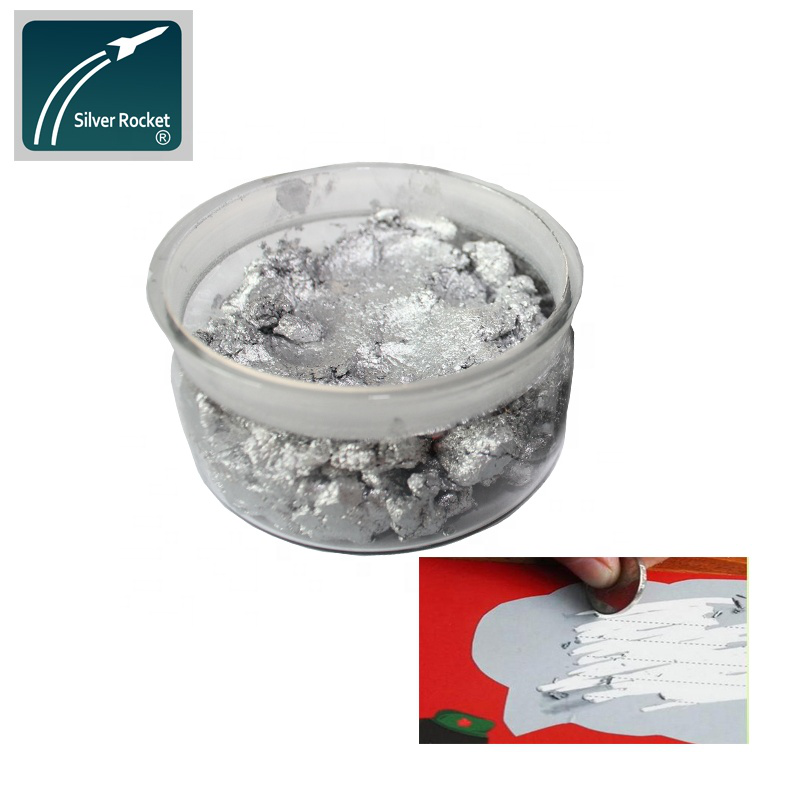More information about aluminium pigment particle size with hiding power
2020 / 07 / 03
Aluminum pigment is a kind of flake structure that can reflect light irradiated to the surface in all directions, cover the substrate, and produce a shiny metallic feel on the surface of the paint film.
When the flake-shaped aluminum pigment is dispersed in the carrier, it has the characteristic of being parallel to the substrate. A large number of aluminum flakes are connected to each other, and the large and small particles fill each other, covering the substrate and reflecting the light, this is the hiding power of the aluminum pigment. There are many factors that affect the hiding power of aluminum pigments. For example, aluminum pigments with poor dispersibility have poor hiding power. In addition, when processed under the action of high shear forces, aluminum flakes break radially, reducing the diameter-to-thickness ratio; The particle size of aluminum pigments also has a great influence on the hiding power of aluminum pigments. Generally speaking, the finer the particle size of the aluminum pigment, the better the hiding power, and the coarser the particle size of the aluminum pigment, the worse the hiding power.



